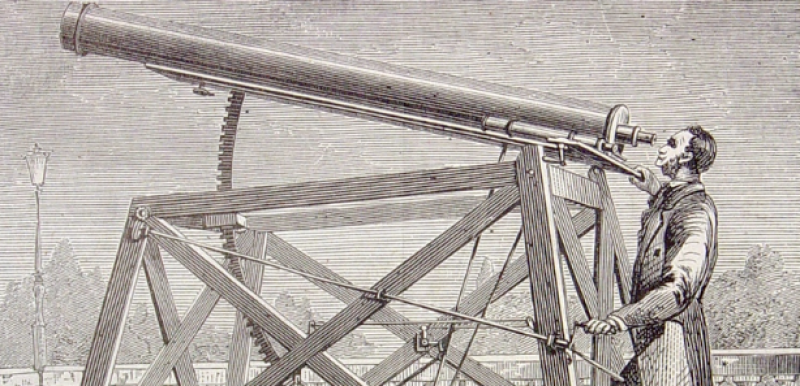In the last few hundred years, we've come a long way in astronomy. For that matter in the last few decades we've come a long way. Here are five of the coolest big eyes we have looking out at the universe. We'd say the five best on the planet but four of the five aren't on the planet...
1. The Hubble Space Telescope
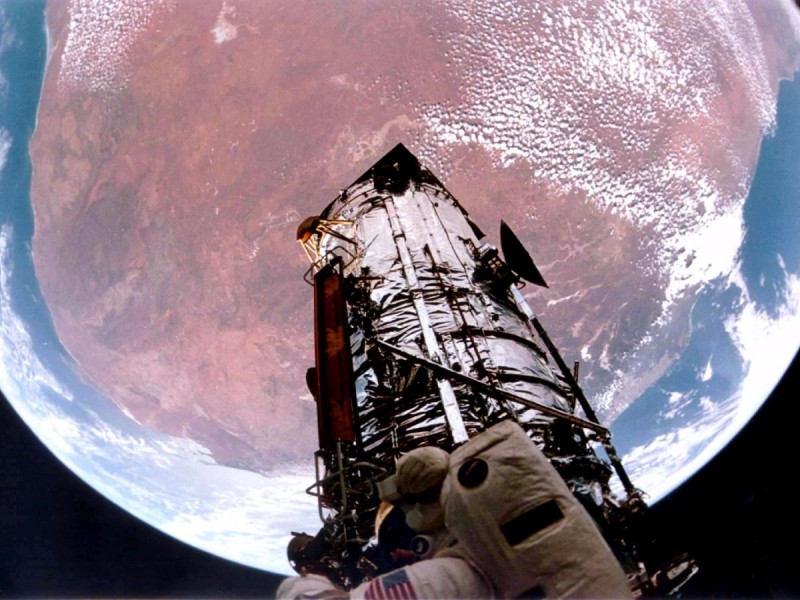 |
| Hubble Space Telescope gets a house call. NASA photo. |
The Hubble Space Telescope, launched in 1990, has captured iconic images such as the deep field, Crab Nebula, and Eagle Nebula. Because the Hubble orbits the Earth, free from distortion caused by Earth's atmosphere, it can take extremely high-resolution images allowing astronomers to peer deep into space and time.
2. The W.M. Keck Observatory
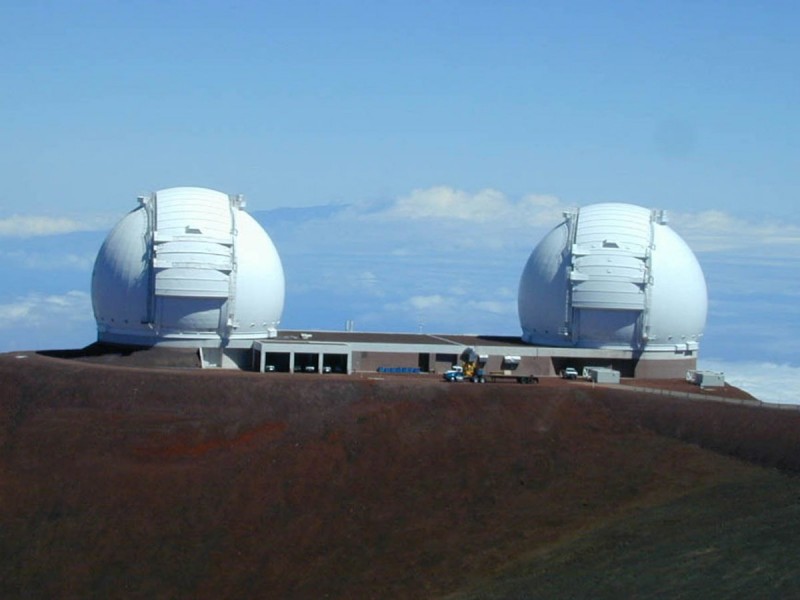 |
| Keck Observatory in Hawaii is one of the most prolific image generators in the media. NASA photo. |
The W.M. Keck observatory, which has been operating since 1993, sits on top of Mauna Kea, a dormant volcano in Hawaii. Keck's twin telescopes, each about 33 feet in diameter, are the largest optical and infrared telescopes in the world.
3. The Chandra X-ray Observatory
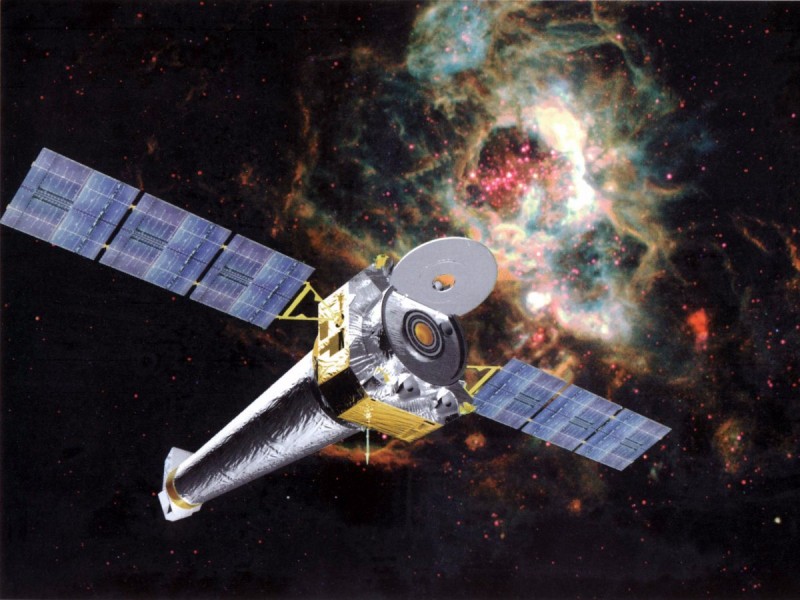 |
| Chandra is the largest payload delivered by the Shuttle Columbia. NASA photo. |
The Chandra X-ray Observatory, launched in 1999, is designed to pick up X-rays emitted from extremely hot regions in the universe, such as exploding stars, galaxy clusters, and black holes. Because Earth's atmosphere absorbs most of these X-rays, the Chandra needs to make its observations from space.
4. The Spitzer Space Telescope
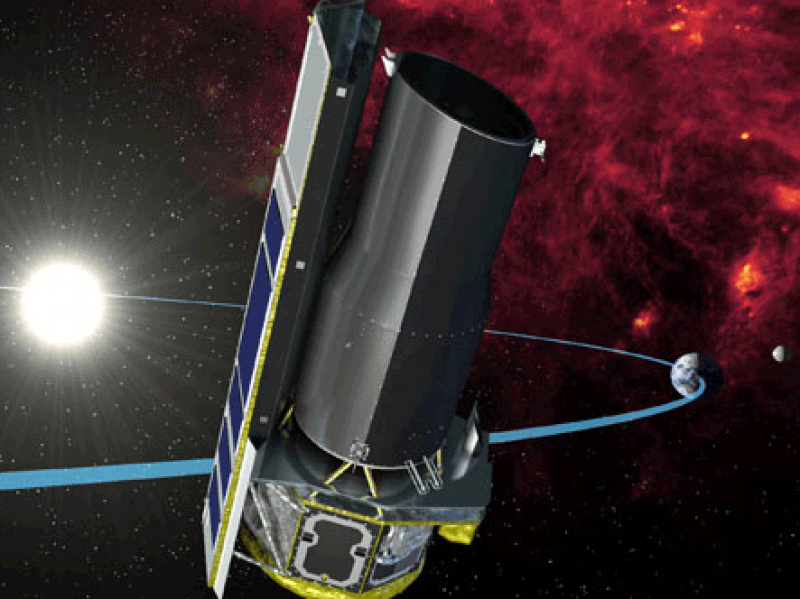 |
| Spitzer is is exploring Sagittarius A*, the black hole in the center of the Milky Way. NASA photo. |
The Spitzer Space Telescope, launched in 2003, is designed to study the early universe in infrared light (unlike Hubble, which mostly observes in visible light). Spitzer was the first telescope to see light from a planet outside of our solar system, and has made huge discoveries about comets, stars, exoplanets, and distant galaxies.
5. The Fermi Gamma-ray Telescope
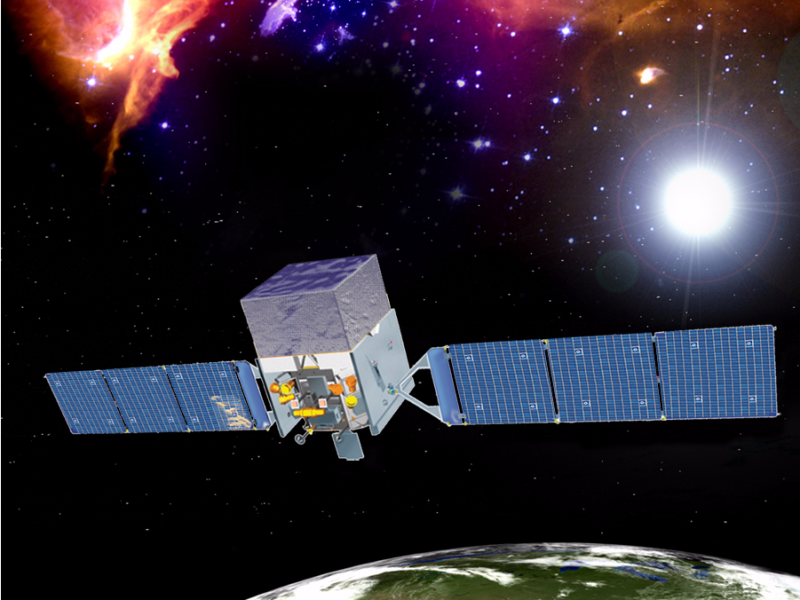 |
| In April Fermi discovered a weak gamma-ray burst that may be associated with a black hole merger. NASA photo. |
The Fermi Gamma-ray telescope, as its name implies, measures gamma rays, one of the most energetic forms of radiation in the universe. These gamma-rays burst out from some of the most violent objects and events in the universe, such as supermassive black holes and exploding stars.
For more uber cool telescopes, check out business insider.com
